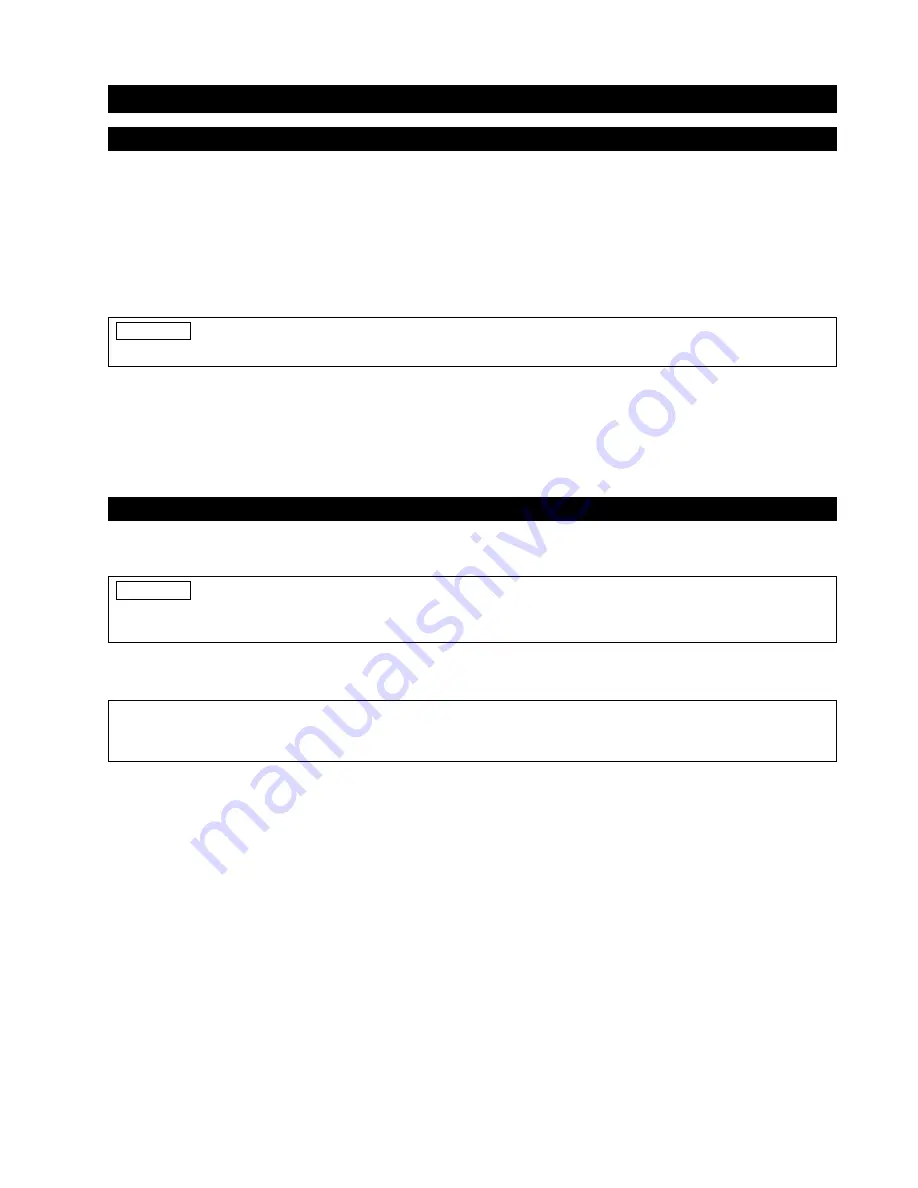
11
Before actually flying your Wind Craft RTF R/C Kite-Plane you should understand how the kite-plane is controlled. Below
we list the four basic flight modes:
Climb:
Climbing is controlled by pushing the Motor Speed Up/Down Stick on the transmitter. This is the stick on the left
side of the transmitter that moves up and down. When you push the stick forward (toward the top of the transmitter), both
motors turn on at high speed and the kite-plane climbs.
Descent:
Descent is also controlled by the Motor Speed Up/Down Stick. When the stick is released, the motors turn off
completely and the kite-plane begins to descend gradually.
While the Motor Speed Up/Down Stick can be pulled backward, we don't recommend doing this, because
it may add confusion during flight.
Right Turn:
A right turn is done by moving the Turn Right/Left Stick on the transmitter. This is the stick on the right side of
the transmitter. When you move the stick to the right, the right motor turns slower and the left motor stays at high speed.
This makes the kite-plane turn right.
Left Turn:
A left turn is done by moving the Turn Right/Left Stick on the transmitter to the left. When you move the stick to
the left, the left motor turns slower and the right motor stays at high speed. This makes the kite-plane turn left.
SECTION 5: LEARNING TO FLY YOUR WIND CRAFT RTF R/C KITE-PLANE
Step 1: Basic Operation
PRO TIP
Step 2: Ground Operations Testing
Now that you're familiar with the four basic flight modes, you can test the radio control system and the motors while seeing
first-hand how the motors turn on and off to make the kite-plane climb, descend, turn right and turn left.
You'll want to do Ground Operations Testing until the flight battery no longer has enough power to operate
the motors. This will allow you to become familiar with how the motors react to the inputs from the transmitter control
sticks and it will prepare the flight battery for its first full recharge before flight.
❑
Begin by turning the on/off switch on the transmitter into the "ON" position, then turn the on/off switch on the bottom of
the fuselage pod into the "ON" position.
✦
✦
✦
✦
✦
WARNING
✦
✦
✦
✦
✦
When turning on the kite-plane, make sure your fingers and any loose clothing are clear of the
propellers. Always turn on the transmitter before turning on the kite-plane. Conversely, always turn off the kite-plane
before turning off the transmitter.
❑
While holding the kite-plane in the air (making sure your fingers and any loose clothing are clear of the propellers), push
the Motor Speed Up/Down Stick forward. Both propellers will spin at a high rate of speed. This is how the kite-plane
climbs. Let go of the stick and it will return to center on its own. At this point, the motors will turn off and the propellers will
stop spinning. This is how the kite-plane descends.
❑
While still holding the kite-plane in the air, push the Turn Right/Left Stick to the right. The left propeller will spin at a high
rate of speed and the right propeller will slow down. This is how the kite-plane turns right. Now push the Turn Right/Left
Stick to the left. The right propeller will spin at a high rate of speed and the left propeller will slow down. This is how the
kite-plane turns left.
❑
For this next procedure have someone else hold the kite-plane while you hold the transmitter with both hands. You can
now move both sticks at the same time. This will allow you to make climbing turns to the right or left and descending turns
to the right or left. As an example, to make a climbing right turn, hold the Motor Speed Up/Down Stick fully forward, then
when you want to turn right, continue to hold the stick fully forward and move the Turn Right/Left Stick to the right. The
kite-plane will now make a shallow climbing right turn. Using different stick combinations can make the kite-plane fly
climbing and descending right and left turns.
❑
Continue the Ground Operations Testing until the flight battery no longer has enough power to operate the motors.
Once this occurs, turn off the kite-plane and the transmitter, then remove the flight battery from the fuselage pod.
PRO TIP




















